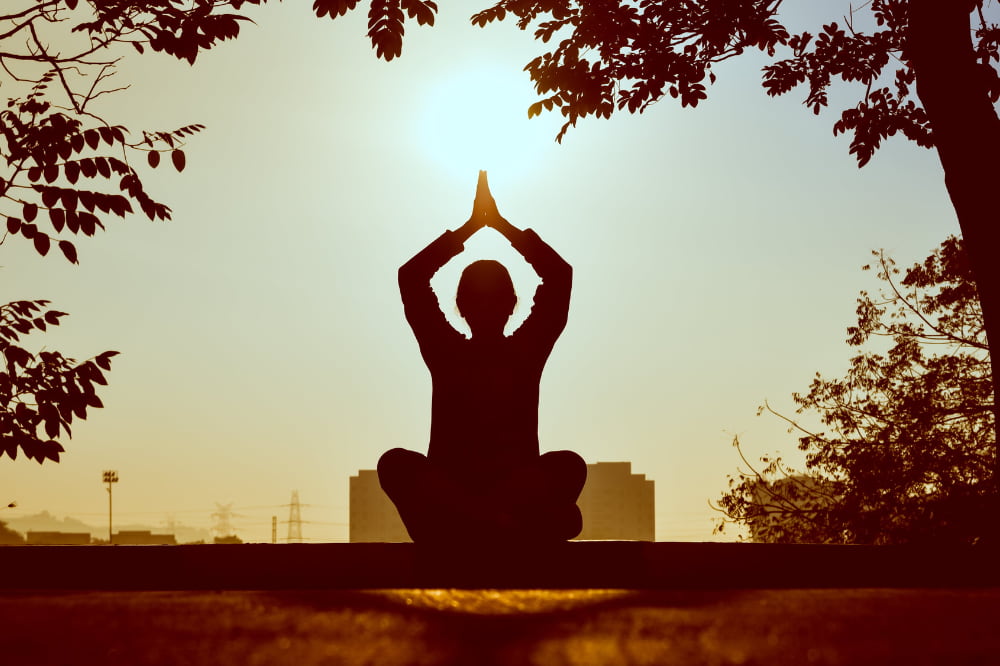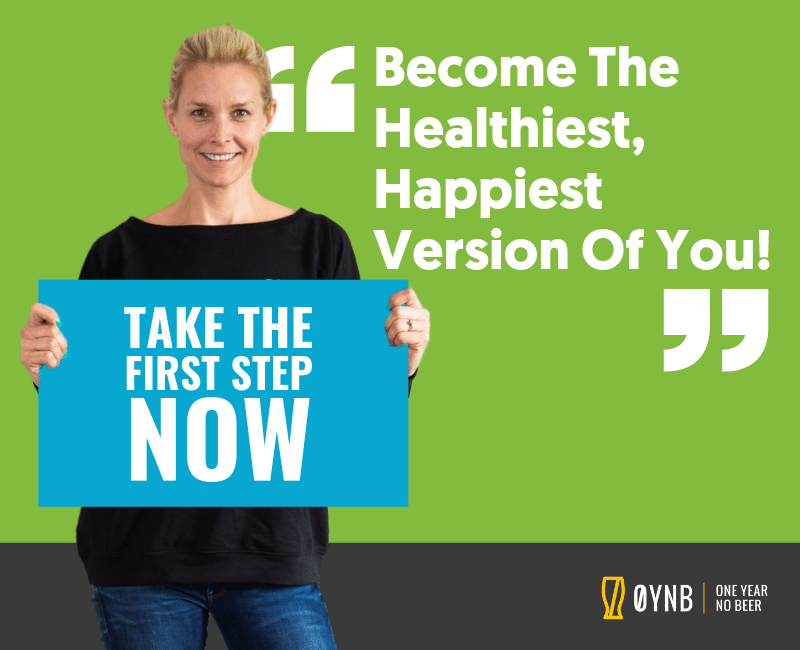In the hustle and bustle of our fast-paced lives, finding moments of calmness has become increasingly important. Meditation, a practice that has been around for centuries, offers a powerful tool to practise mindfulness, reduce stress and anxiety, and enhance overall well-being.
To understand more information and learn how to meditate, this guide to meditation will walk you through the basics, benefits, and practical tips to help you start a fulfilling meditation journey.
What Is Meditation?
Meditation is a mind-body practice that involves focusing the mind to achieve a state of mental clarity, relaxation, and heightened awareness. While various forms of meditation and meditation techniques exist, most share common elements such as focused attention, controlled breathing, and a quiet environment.
The ultimate goal is to create a sense of inner peace and mindfulness that extends beyond the meditation session into everyday life. With an abundance of benefits, incorporating meditation into your daily routine can have life-changing benefits.
So, What Are The Benefits?
Understanding the numerous benefits of meditation is crucial before delving into the how-to’s. It is a common theme that regular meditation positively impacts both physical and mental health.
It helps by reducing stress hormones, promoting relaxation, improving sleep, enhancing clarity of thought, and sharpening focus. These benefits are useful in both your professional and personal life by giving you better work-life balance.
Whether you opt for a short, self-initiated session or a guided practice, adding meditation to your routine is essential for maintaining healthy blood pressure levels, stress levels and improving your overall well-being.
Where To Start? Meditation For Beginners
Now that you understand the potential benefits, let's explore how to start meditating. At OYNB, we have created simple steps to help you establish a strong foundation for your practice:
Step 1: Choose a Comfortable Space
Find a quiet and comfortable space where disturbances won't interrupt you. It could be a corner of a room, a cushion in a designated meditation area, or even a peaceful outdoor spot.
Step 2: Select a Comfortable Posture
Whether sitting on a chair, cushion, or the floor, choose a posture that allows you to sit comfortably with a straight spine. Keep your hands on your lap or knees, whichever feels more natural.
Step 3: Set a Realistic Time Frame
Begin with a realistic time commitment. Start with just 5–10 minutes and gradually increase the duration as you become more comfortable with the practice. Setting a realistic time frame will strengthen your chances of staying committed and not giving up.
Step 4: Focus on Your Breath
Close your eyes and bring your attention to your breath. Observe each inhalation and exhalation, taking note of the depth and speed of each breath. If your mind starts wandering, gently bring your focus back to your breath and the present moment.
Bonus: Mindfulness Meditation Practises
One popular technique is to practice mindfulness meditation. Pay attention to the present moment without judgement. Acknowledge any thoughts or sensations while avoiding attachment to them. Remember, we are who we are, not what we feel.
Bonus: Guided Meditation Sessions
Consider using guided sessions with meditation teachers. They are readily available online or through various apps. With different durations and intensities, they provide a structured framework and can be especially helpful for beginners.
Common Meditation-related Challenges
Mindfulness meditation practices can be challenging, especially during the beginning of your journey. However, this is completely normal when learning something new.
Remember, you're not the first or the last to face such difficulties. Enjoy the learning process, as overcoming these setbacks is essential for your development as a meditator. Here are a few of the issues you may face in the beginning stages of your journey:
Restlessness and Impatience
When starting mindful practice you may feel restless or impatient. Staying focused and patient is key. Acknowledge these feelings without judgement and gently bring your focus back to your breath or chosen point of attention.
Overactive Mind
If you find that your mind wanders during the early stages of your journey, do not worry! Instead of trying to stop your thoughts, observe them without attachment. Let them come and go, returning your focus to your breath.
Physical Discomfort
Sitting for extended periods of time may cause discomfort. Experiment with different postures and use cushions or props to support your comfort. If needed, you can also try walking meditation as an alternative.
Inconsistent Practise
Building a consistent routine takes time and effort. Set realistic goals, create a schedule that fits your lifestyle, and be gentle with yourself if you miss a session. The key is to return to the practice without judgement.
Tips To Fit Meditation Into Your Daily Life
Mastering good meditation involves staying mindful of your body's reactions to daily situations. Practise body scan meditation by paying attention to your facial expressions, body tension, and breathing patterns. Being aware of these movements helps you to form a strong connection with your body. This practice doesn't need to be long if you use the following methods:
Try Mindful Breathing
Incorporate mindful breathing into daily activities. Whether you're commuting, working, or doing household chores, take a moment to focus your attention on your breath and cultivate awareness.
Try Mindful Eating
Pay attention to each bite during meals. Engage your senses, savour the flavours, and be present with your food. This practice enhances both the eating experience and mindfulness.
Try Short Mindful Breaks
Take short and mindful breaks throughout the day, especially if your mind wanders. Step away from your desk, close your eyes, and take a few deep breaths. This can help reset your mind and reduce stress.
Try Practising Gratitude
Integrate gratitude into your daily routine. Before bed or upon waking, reflect on three things you're grateful for. This simple practice can shift your focus towards positive thoughts.
Try Walking Meditation
Turn your daily walks into a meditation practice by focusing on each step, the sensation of movement, and the surrounding environment. Walking mindfully can bring a sense of calm and presence.
How Can Meditation Help Alcohol Addiction?
Meditation acts as a valuable support in the journey of overcoming alcohol misuse. It promotes stress reduction, emotional regulation, and increased self-awareness.
When integrated into a comprehensive recovery plan, meditation is an exercise that allows you to strengthen your mind to be stronger than your emotions. It is a healthy habit that helps you to cope better with any withdrawal symptoms and mental challenges, like anxiety, that may follow reducing alcohol intake.
Start Your Meditation Journey Today!
Meditation boasts numerous mental and physical benefits, making it a valuable daily practice. Recognised for its potential to support facing alcohol challenges that can lead to compulsive behaviours, meditation stands as a potent tool for holistic development.
At One Year No Beer, we understand that breaking free from substance abuse can be challenging, to say the least. This is why we are dedicated to assisting individuals in reclaiming control over their lives, which alcohol may have taken away.
To start your journey to alcohol recovery, book a free call with us today! Alternatively, you can reach out to our attentive team at info@oneyearnobeer.com or by calling 020 7305 7006. You are not alone on this path because we are here to help.

An entrepreneur and former senior oil broker, Ruari gave up drinking after excessive consumption almost cost him his marriage, and worse, his life. Going alcohol-free improved his relationships, career and energy levels, leading to him founding OYNB to provide a support network for others.






